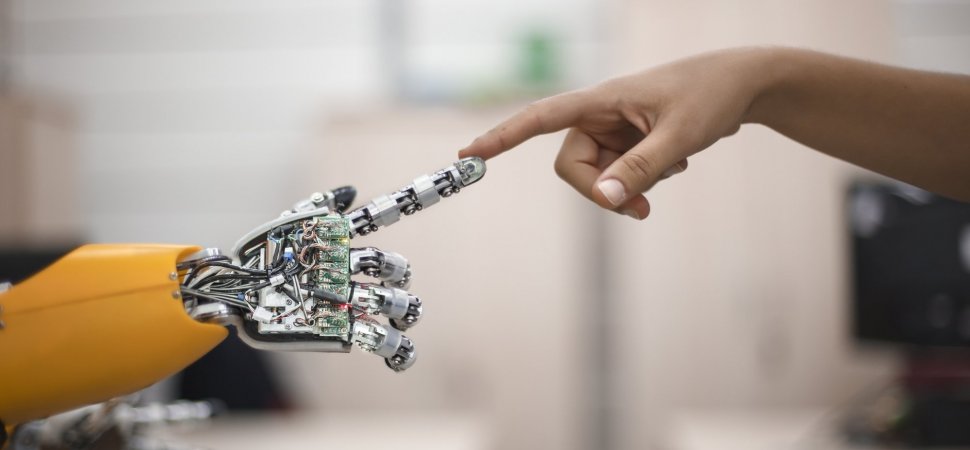There has been a hot debate about whether the human brain should be merged with computers. The base of the argument is that machines are learning so fast that if we don’t directly link to their brain, automation will control us. What do you think?
That debate may not end soon. However, there is a naked truth: the fourth industrialized world is so dependent on artificial intelligence that you won’t compete economically without BPA (Business process automation).
You need robots to maintain quality. This brings us to the kernel of this article: What is so special about robots that you would make you own a robot? Let’s dive right in.
First, you need to grab the basic idea behind robotic process automation. Artificial intelligence is the ability of computers to see and feel. Consequently, the machines can automatically act and react to circumstances.
This response happens when the brain (CPU) of the computer is exposed to data over time. The machines learn from statistical exposures and are therefore able to predict and respond to future occurrences.
In robots, this response is further accelerated by advanced technological creativity induced in the parts of the computer. Let’s explore these unique strengths.
GPS
GPS (Global Positioning System) is a universal navigation system of satellites. It synchronizes the location, time, and velocity of a body. In simple terms, GPS is a precise way of finding places globally.
Roboticists embed GPS in robots. This enables robots to access various positions. Consequently, you can send a robot to accomplish a task between points in a business environment.
For example, the robot can transport inventory and other messenger tasks during supplies, delivering commodities at pinpoints.
Gyro-sensors
Robots use gyro-sensors to express their magical powers. Gyro-sensors are devices that sense angular velocity. For example, a robot can sense the rotational motion of a body. Through gyro-sensors, a robot can sense minute alterations in the orientation of a body.
Humans have challenge sensing rotational motion and orientations. Worse yet, when minute changes occur in the events.
Consequently, industries employ collaborative robots to handle tasks on tracking slight changes in circular motion and orientation. Besides, these sensors enable the robot to identify its location. They can then react to changes in their environment.
Video Cameras
To fully inherit the traits of a human being, a robot has to see. To notice what happens in their environment, roboticists induce video cameras in robots.
This enables the robots to conduct live and remote coverage of events or motions in their environment. The robot can, therefore, avoid causing harm while undertaking its routine.
For instance, the robot can halt motions when it sees a human body on its path of action. This enables a robot to handle industrial tasks like spying missions. They can as well work with humans to complete a remote task.
Lasers
A laser is the short form of Light Amplification by Simulated Emission of Radiation. Here is a simpler explanation of this acronym:
Light travels in waves of varying velocity. This difference in wave speed slows down light motion, besides making the spectrum broad.
To improve thinness and precision in light waves, the waves are artificially produced through radiation. The result is a laser— a beam able to maintain a phase in emission and travel longer distances.
Using lasers in robots make computers very precise in operation. For this reason, we need robots in packaging, welding, and surgical operations.
Conclusion
Robots have evolved so much that you can’t ignore them if you want to compete during the fourth industrial revolution. These advancements enable the robots to see further, locate better, and move with magical precision.
The cause of these advancements is the introduction of GPS, Gyro-sensors, video cameras, and lasers.
GPS empowers robots in movement. Gyro-sensors enable the robots to capture angular and rotational motions. Video cameras enable the robots to see further while lasers improve precision during work.


